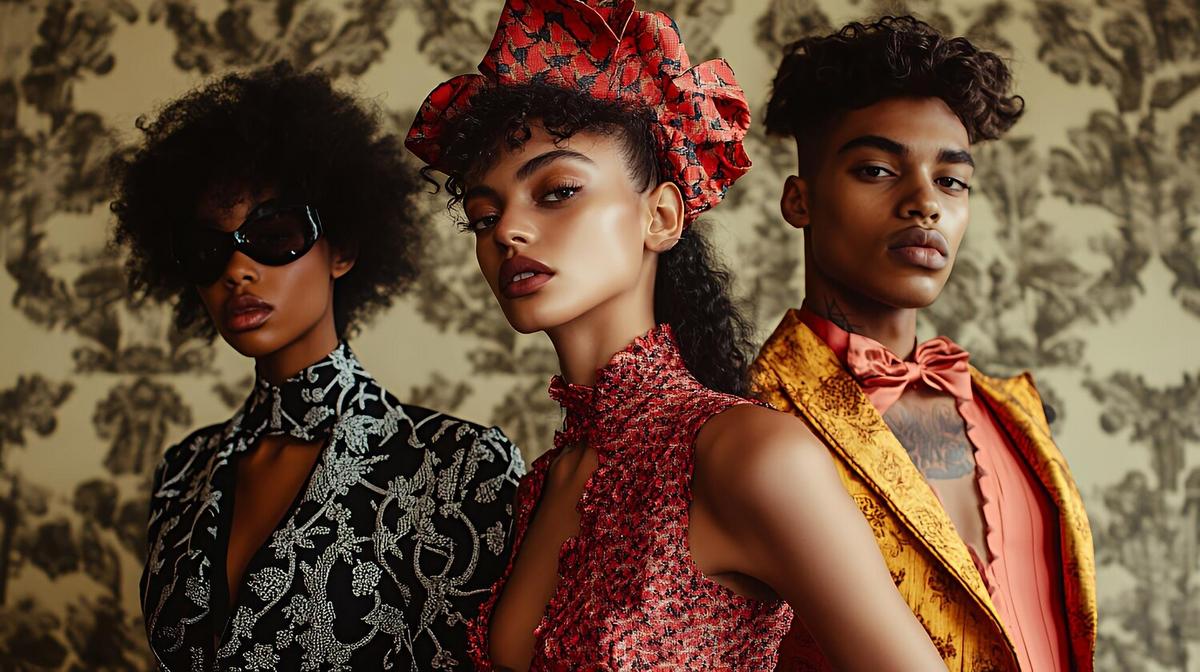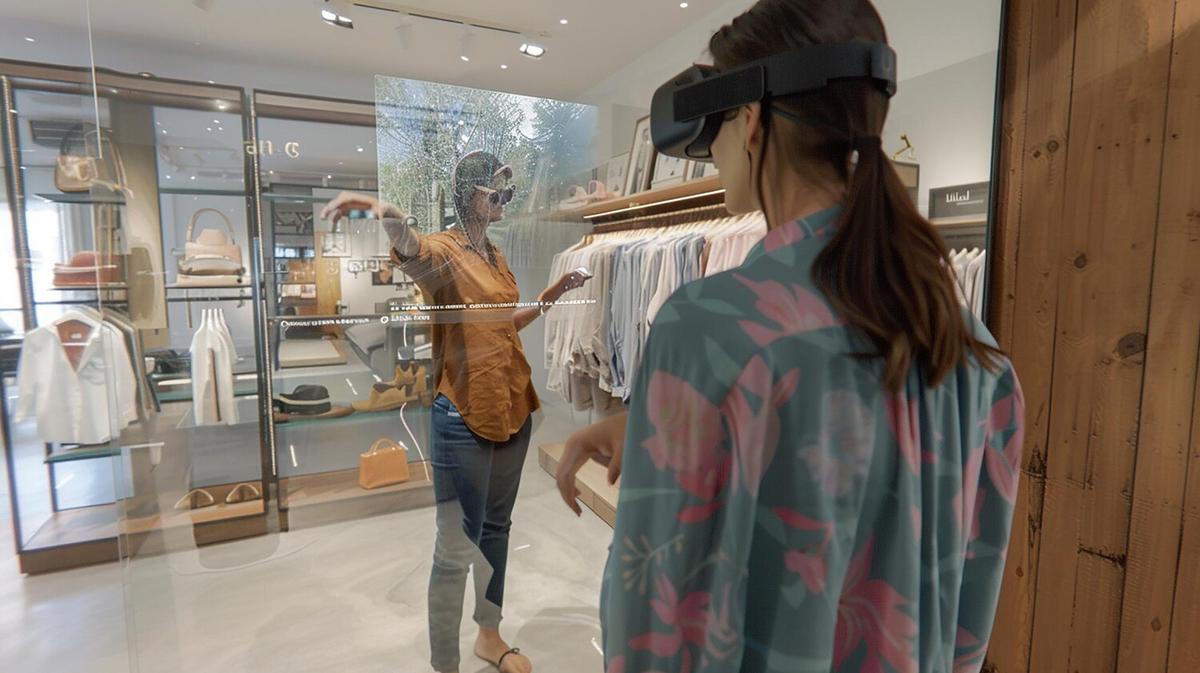
The Role of Fashion in Cultural Movements
Fashion has long been a powerful medium for self-expression and cultural commentary, weaving its way through the fabric of history to influence and reflect societal norms and values. From the flapper dresses of the 1920s to the bold streetwear of today, fashion has played a pivotal role in cultural movements, serving as both a mirror and a catalyst for change.
The Intersection of Fashion and Culture
Fashion is more than just clothing; it is a form of communication that can express cultural identity, political views, and social status. Experts like Valerie Steele, director of The Museum at the Fashion Institute of Technology, assert that “fashion is a complex social phenomenon.” It reflects the zeitgeist of an era, offering insights into the cultural and social dynamics at play.
Statistics and Research
Research by the Global Fashion Agenda highlights that over 60% of global consumers consider a brand’s stance on social and cultural issues when making purchasing decisions. This statistic underscores the growing influence of cultural movements on fashion trends and consumer behavior.
Examples from History
| Era | Fashion Trend | Cultural Movement |
|---|---|---|
| 1920s | Flapper Dresses | Women’s Liberation |
| 1960s | Mod Fashion | Civil Rights Movement |
| 1970s | Bohemian Style | Counterculture Movement |
| 1980s | Punk Fashion | Anti-Establishment Movement |
| 1990s | Grunge | Alternative Culture |
| 2000s | Hip-Hop Fashion | Urban Culture |
| 2010s | Streetwear | Digital Revolution |
| 2020s | Sustainable Fashion | Environmental Movement |
Personal Anecdotes
Consider the impact of the punk movement on a young fashion enthusiast in the 1970s. For many, it was not just about the music but also about expressing rebellion through safety pins, ripped jeans, and bold hairstyles. These choices were a form of protest against mainstream culture and a statement of individuality.
Actionable Tips for Embracing Cultural Fashion
- Research Historical Context: Understanding the origins of a trend can provide deeper insights into its cultural significance.
- Support Ethical Brands: Choose brands that align with your values and contribute to positive cultural narratives.
- Incorporate Elements Thoughtfully: When adopting fashion from different cultures, do so respectfully and with awareness of its cultural significance.
Pro Tip: Attend cultural festivals or events to immerse yourself in diverse fashion styles and understand their origins and meanings firsthand.
FAQs
How does fashion influence cultural movements?
Fashion influences cultural movements by providing a visual and tangible form of expression that can challenge norms and inspire change.
Can fashion be considered a form of activism?
Yes, fashion can be a form of activism by making statements about social, political, and environmental issues through clothing choices.
Conclusion
Fashion’s role in cultural movements is both profound and multifaceted, offering a lens through which we can view societal changes and challenges. By appreciating the historical context and embracing respectful adoption, we can use fashion as a tool for positive cultural dialogue and transformation. As you explore your own fashion choices, consider how they reflect your identity and values, and how they may contribute to larger cultural conversations.


